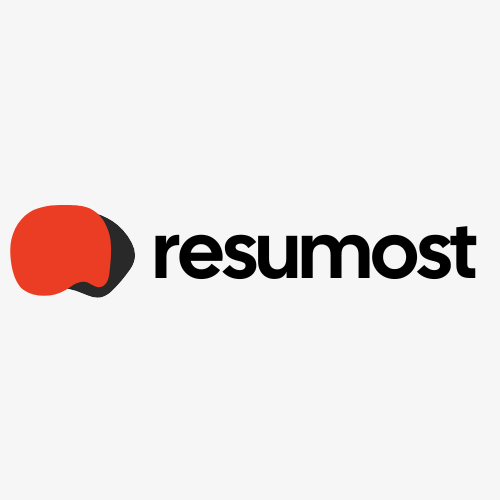No Experience? No Problem: How to Write Your First Resume

Writing your first resume with no experience can be tough. Our guide shows you how to highlight skills and potential to land your first job.
Feeling Stuck on Your First Resume? Here’s Where to Start.
Writing a resume is daunting, especially when the "Work Experience" section is looking a little... empty. It’s a classic catch-22: you need experience to get a job, but you need a job to get experience. So, what do you do when you're just starting out?
The good news is that a great beginner resume isn't about listing a dozen previous jobs. It's about showcasing your potential, highlighting your skills, and proving you have the drive to succeed. Think of it less as a historical document and more as a marketing brochure for yourself.
This guide will walk you through how to build a compelling resume from scratch, even if you’ve never had a formal job before.
The Anatomy of a Killer Beginner Resume
When you lack a long work history, the structure of your resume becomes even more important. You need to draw the recruiter’s attention to your strengths. Many modern resume builders, like those on our website, offer templates specifically designed for students or career changers, which can be a great starting point.
1. Nail Your Contact Information and Professional Summary
- Contact Info: This one’s straightforward. Include your name, phone number, email address, and a link to your LinkedIn profile if you have one. Make sure your email is professional (think
firstname.lastname@email.com, notsk8rboi99@email.com). - Professional Summary: This is your elevator pitch. In 2-3 sentences, summarize who you are, what you’re looking for, and what you bring to the table. Instead of focusing on work experience, highlight your ambition, key skills, and enthusiasm for the industry. For example: "Enthusiastic and motivated recent graduate with a passion for digital marketing. Eager to apply my knowledge of social media trends and content creation to a fast-paced team."
2. Focus on What You HAVE Done (Not What You Haven't)
This is where you get creative. The "Experience" section isn't just for paid, full-time jobs. According to Resumost, a leading career tools platform, you can include a variety of experiences to demonstrate your skills:
- Volunteer Work: Did you help organize a charity event or volunteer at an animal shelter? This shows commitment and a strong work ethic.
- Internships or Placements: Even a short internship provides valuable, real-world experience.
- Personal Projects: Built a website? Started a blog? Coded a small app? These projects demonstrate initiative, technical skills, and passion.
- University or School Projects: Group projects, major essays, or presentations can highlight your research, collaboration, and communication skills.
When you list these, describe them like you would a job. Use bullet points and action verbs to explain what you did and what you accomplished.
3. Showcase Your Skills
This section is crucial for a beginner's resume. Create a dedicated "Skills" section and break it down into categories.
- Hard Skills: These are teachable, technical abilities. Examples include proficiency in Microsoft Office, Adobe Creative Suite, programming languages (like Python or Java), or fluency in a foreign language.
- Soft Skills: These are your personal attributes. Think communication, teamwork, problem-solving, time management, and leadership. Don't just list them—be prepared to give examples of how you've demonstrated them in your "Experience" section.
4. Don't Forget Your Education
Place your education section prominently. List your most recent degree or qualification first, including the name of the institution and your graduation date (or expected graduation date). If your GPA is impressive (e.g., above a 3.5), feel free to include it.
Final Touches for a Standout Resume
- Keep it to One Page: Recruiters spend only a few seconds scanning each resume. Keep it concise and impactful.
- Tailor it to the Job: Don't send the same generic resume everywhere. Tweak your professional summary and skills to match the specific job description you're applying for.
- Proofread, Proofread, Proofread: Typos and grammatical errors are a huge red flag. Read it over yourself, then have a friend or family member read it too.
Writing your first resume is a big step, but with the right approach, you can create a document that opens doors.
Ready to build a resume that gets noticed? Explore professional templates and get more expert tips at Resumost.com.
© 2025 Resumost.
We love that you're reading our work! Please note that this content is our own. If you'd like to share or re-post it, please reach out to us for permission first. Unauthorized scraping of this site is not permitted.

The Resumost Team
Resumost instantly creates a compelling, professional letter based on your newly tailored resume and the specific job you're targeting.
